Home>Gardening & Outdoor>Landscaping Ideas>How Long Does It Take For Centipede Grass To Grow
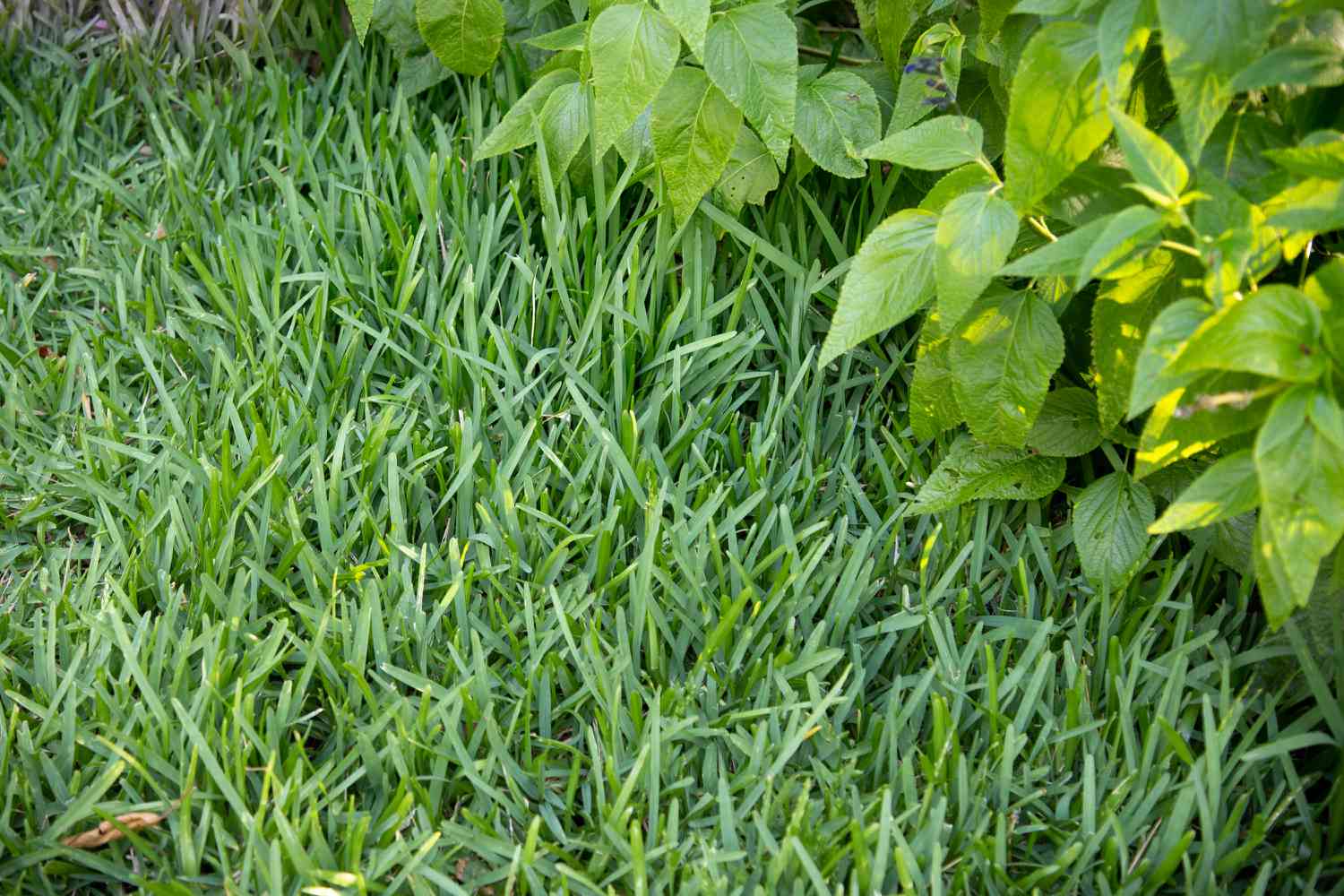

Landscaping Ideas
How Long Does It Take For Centipede Grass To Grow
Modified: February 18, 2024
Discover expert landscaping ideas for growing centipede grass and learn how long it takes for centipede grass to establish and thrive in your yard. Explore tips for successful centipede grass growth.
(Many of the links in this article redirect to a specific reviewed product. Your purchase of these products through affiliate links helps to generate commission for Storables.com, at no extra cost. Learn more)
Introduction
Centipede grass is a warm-season turfgrass known for its low maintenance requirements and tolerance to heat and drought. It is a popular choice for lawns in the southern United States due to its ability to thrive in acidic and infertile soils. Homeowners and landscapers appreciate centipede grass for its lush, dense carpet-like appearance and its ability to withstand moderate foot traffic.
Understanding the growth process of centipede grass is essential for anyone looking to establish a healthy and vibrant lawn. From germination to full establishment, centipede grass undergoes a growth journey that can be influenced by various factors. By gaining insights into the growth timeline, ideal conditions, and maintenance practices, individuals can effectively nurture and maintain a flourishing centipede grass lawn.
In this article, we will delve into the growth characteristics of centipede grass, explore the factors that impact its growth, and provide valuable tips for promoting healthy and robust turf. Whether you are a seasoned homeowner or a novice gardener, understanding the nuances of centipede grass growth will empower you to create an inviting outdoor space that exudes natural beauty and resilience.
Key Takeaways:
- Centipede grass grows slowly but thrives in acidic soil and ample sunlight. Understanding its needs and providing proper care can lead to a lush and resilient lawn.
- Factors like soil acidity, drainage, and mowing height impact centipede grass growth. By addressing these factors, individuals can create an ideal environment for vibrant turf.
Read more: How Long Does It Take For Grass To Grow
Understanding Centipede Grass
Centipede grass, scientifically known as Eremochloa ophiuroides, is a warm-season grass that thrives in the Southeastern United States. It is characterized by its coarse texture, light green color, and low growth habit, typically reaching a height of around 1 to 1.5 inches when maintained properly. This grass variety spreads via stolons, producing a dense turf that effectively crowds out weeds and other undesirable vegetation.
One of the defining features of centipede grass is its remarkable adaptability to various soil types, including acidic and sandy soils. This makes it an attractive option for homeowners in regions where other grass species struggle to flourish. Centipede grass is also known for its relatively low nitrogen requirements, making it a cost-effective and environmentally friendly choice for landscaping.
When establishing a lawn with centipede grass, it’s important to consider its growth habits and seasonal characteristics. Understanding how this grass variety responds to different environmental conditions and cultural practices is crucial for promoting healthy growth and maintaining an attractive lawn throughout the year.
Centipede grass exhibits a slow but steady growth pattern, which contributes to its reputation as a low-maintenance turf option. While it may take longer to establish compared to some other grass species, its ability to thrive in less-than-ideal conditions and its resistance to pests and diseases make it a resilient choice for landscaping projects.
By familiarizing oneself with the unique traits and growth tendencies of centipede grass, individuals can make informed decisions regarding its care and maintenance, ultimately leading to the creation of a vibrant and enduring lawn that enhances the overall aesthetic appeal of their outdoor spaces.
Factors Affecting Centipede Grass Growth
The growth and development of centipede grass can be influenced by various factors, ranging from environmental conditions to maintenance practices. Understanding these factors is essential for fostering optimal growth and ensuring the long-term health of the turf. Here are some key elements that can impact the growth of centipede grass:
- Soil Acidity: Centipede grass thrives in acidic soils with a pH range of 5.0 to 6.0. Soil pH levels outside of this range can hinder nutrient uptake and overall growth, leading to a less vibrant and healthy lawn.
- Drainage: Proper soil drainage is crucial for centipede grass, as it is susceptible to waterlogged conditions. Inadequate drainage can impede root development and lead to issues such as root rot, ultimately stunting the grass’s growth.
- Sunlight: Centipede grass performs best in areas with ample sunlight. Insufficient sunlight can weaken the turf, resulting in sparse growth and decreased overall vigor.
- Watering: While centipede grass is relatively drought-tolerant, consistent and deep watering is essential, especially during the establishment phase. Overwatering can lead to shallow root systems, while underwatering can cause stress and hinder growth.
- Fertilization: Centipede grass has low nitrogen requirements compared to other grass species. Over-fertilization, especially with high-nitrogen products, can result in excessive top growth and may make the grass more susceptible to certain diseases.
- Mowing Height: Maintaining the appropriate mowing height is critical for centipede grass. Mowing too low can stress the turf and inhibit growth, while mowing too high may encourage thatch buildup and reduce density.
- Weed Control: Competition from weeds can hinder the growth of centipede grass. Implementing effective weed control measures is vital for allowing the grass to establish and thrive without unnecessary competition for resources.
By recognizing and addressing these factors, individuals can create an environment that is conducive to the healthy growth of centipede grass. Whether it involves soil amendments, irrigation adjustments, or proper mowing techniques, proactive management of these factors can contribute to the development of a robust and visually appealing centipede grass lawn.
Ideal Conditions for Centipede Grass Growth
Creating an environment that fosters optimal growth for centipede grass involves understanding and implementing a range of ideal conditions. By providing the following elements, individuals can promote the vigorous and healthy development of centipede grass:
- Acidic Soil: Centipede grass thrives in acidic soils with a pH range of 5.0 to 6.0. Conducting a soil test and making necessary pH adjustments can ensure that the grass has the ideal soil environment for robust growth.
- Good Drainage: Ensuring proper soil drainage is crucial for centipede grass. Amending soil with organic matter and avoiding compacted or waterlogged areas can help maintain adequate drainage, promoting healthy root development and overall growth.
- Sunlight: Centipede grass flourishes in full sunlight, requiring a minimum of 6 to 7 hours of direct sunlight daily. Trimming back overhanging branches and strategically planning landscaping to minimize shade can optimize sunlight exposure for the grass.
- Watering: While centipede grass is drought-tolerant, consistent and deep watering is essential, particularly during the establishment phase. Watering deeply but infrequently encourages deep root growth and overall resilience.
- Fertilization: Centipede grass has low nitrogen requirements compared to other grass varieties. Using a balanced, slow-release fertilizer with minimal nitrogen can support steady growth without promoting excessive top growth.
- Mowing: Maintaining the appropriate mowing height of 1 to 1.5 inches is crucial for centipede grass. Regular mowing at the correct height encourages lateral growth and helps maintain the grass’s dense and carpet-like appearance.
- Weed Management: Implementing proactive weed control measures, such as pre-emergent herbicide applications and manual removal of weeds, can prevent competition for resources and support the unhindered growth of centipede grass.
By creating an environment that aligns with these ideal conditions, individuals can set the stage for the successful establishment and sustained growth of centipede grass. Whether through soil amendments, strategic irrigation, or attentive maintenance practices, providing the right conditions can contribute to the development of a resilient and visually appealing centipede grass lawn.
Centipede grass typically takes about 14-21 days to germinate and start growing. It’s important to keep the soil consistently moist during this time to encourage healthy growth.
Germination and Establishment Period
The germination and establishment period is a critical phase in the growth journey of centipede grass. Understanding the timeline and key considerations during this stage is essential for nurturing healthy and resilient turf. Here’s a closer look at the germination and establishment process for centipede grass:
Germination: Centipede grass typically germinates within 14 to 21 days under optimal conditions. During this period, consistent soil moisture is crucial for encouraging seedling emergence. Adequate watering, protection from heavy rainfall or irrigation, and minimal foot traffic on seeded areas can support successful germination.
Establishment: Once germination occurs, the establishment phase begins. This period can last anywhere from 60 to 90 days, during which the young grass plants develop and mature. Providing consistent moisture, avoiding excessive foot traffic, and refraining from mowing until the grass reaches the recommended height are essential practices for promoting successful establishment.
It’s important to note that centipede grass exhibits a slow growth rate during the establishment phase, requiring patience and attentive care. While the grass may appear sparse initially, it gradually fills in as it matures, eventually forming a dense and uniform turf. Understanding the gradual nature of centipede grass growth during this period is crucial for managing expectations and implementing the appropriate maintenance practices.
By recognizing the significance of the germination and establishment period, individuals can take proactive measures to support the healthy development of centipede grass from seedling emergence to full establishment. Through consistent monitoring, proper irrigation, and minimal disturbance to newly seeded areas, homeowners and landscapers can lay the groundwork for a flourishing centipede grass lawn that enhances the beauty and functionality of outdoor spaces.
Read more: How Long Does It Take Seeded Grass To Grow
Maintenance and Care for Centipede Grass
Proper maintenance and care practices are vital for nurturing the health and vibrancy of centipede grass. By implementing a tailored maintenance regimen, individuals can ensure that their centipede grass lawn remains lush, resilient, and visually appealing throughout the growing season. Here are key maintenance considerations for centipede grass:
Watering: Centipede grass thrives in moderately dry conditions, making it relatively drought-tolerant. However, during prolonged dry spells, supplemental watering is necessary to prevent the grass from entering dormancy. Deep, infrequent watering is preferred over frequent shallow irrigation, as it encourages deep root growth and overall resilience.
Fertilization: Centipede grass has low nitrogen requirements compared to other grass species. Applying a balanced, slow-release fertilizer in late spring or early summer can support steady growth without promoting excessive top growth. It’s important to avoid over-fertilization, especially with high-nitrogen products, as this can lead to issues such as thatch buildup and increased vulnerability to certain diseases.
Mowing: Maintaining the appropriate mowing height of 1 to 1.5 inches is crucial for centipede grass. Regular mowing at the correct height encourages lateral growth and helps maintain the grass’s dense and carpet-like appearance. It’s advisable to avoid removing more than one-third of the grass blade length in a single mowing session to minimize stress on the turf.
Weed Control: Implementing effective weed control measures is essential for preserving the integrity of a centipede grass lawn. Pre-emergent herbicides can help prevent weed seeds from germinating, while manual removal of existing weeds can minimize competition for resources and support the unhindered growth of the grass.
Pest and Disease Management: While centipede grass is relatively resistant to pests and diseases, occasional monitoring for signs of issues such as armyworms, mole crickets, and fungal infections is recommended. Prompt identification and targeted treatments can help mitigate potential damage and maintain the overall health of the turf.
Aeration: Periodic core aeration can alleviate soil compaction and improve air, water, and nutrient movement within the root zone. This practice promotes a robust root system and enhances the overall vigor of centipede grass.
By adhering to these maintenance guidelines and tailoring them to the specific needs of their centipede grass lawn, individuals can cultivate a resilient and visually captivating turf that enriches the outdoor living experience. Consistent monitoring, proactive care, and a deep understanding of centipede grass’s growth requirements are essential for maintaining a thriving and enduring lawn.
Conclusion
Centipede grass, with its adaptability and low-maintenance nature, offers homeowners and landscapers an attractive option for creating lush and resilient lawns. Understanding the growth characteristics, ideal conditions, and maintenance practices associated with centipede grass is crucial for fostering its healthy development and long-term vitality.
By recognizing the factors that influence centipede grass growth, individuals can create an environment that aligns with the grass’s specific needs, promoting robust and visually appealing turf. From soil acidity and drainage to sunlight exposure and watering practices, each element plays a vital role in shaping the overall health and vibrancy of centipede grass lawns.
The germination and establishment period of centipede grass requires patience and attentive care, with consistent moisture and minimal disturbance being key considerations during this critical phase. By acknowledging the gradual growth nature of centipede grass and implementing the appropriate maintenance practices, individuals can lay the groundwork for a flourishing lawn that enhances their outdoor spaces.
Proper maintenance and care practices, including strategic watering, balanced fertilization, precise mowing, weed control, and periodic aeration, are essential for nurturing the health and resilience of centipede grass lawns. By tailoring these practices to the specific requirements of centipede grass, individuals can ensure that their turf remains vibrant and visually captivating throughout the growing season.
Ultimately, the journey of cultivating a thriving centipede grass lawn is a rewarding endeavor that enriches outdoor living spaces and enhances the overall aesthetic appeal of residential and commercial landscapes. By leveraging a deep understanding of centipede grass growth and implementing thoughtful maintenance practices, individuals can create an inviting and enduring outdoor environment that serves as a testament to the beauty and resilience of this remarkable warm-season turfgrass.
Embracing the unique traits and growth tendencies of centipede grass empowers individuals to create and maintain captivating outdoor spaces that embody natural beauty, functionality, and enduring charm.
Frequently Asked Questions about How Long Does It Take For Centipede Grass To Grow
Was this page helpful?
At Storables.com, we guarantee accurate and reliable information. Our content, validated by Expert Board Contributors, is crafted following stringent Editorial Policies. We're committed to providing you with well-researched, expert-backed insights for all your informational needs.
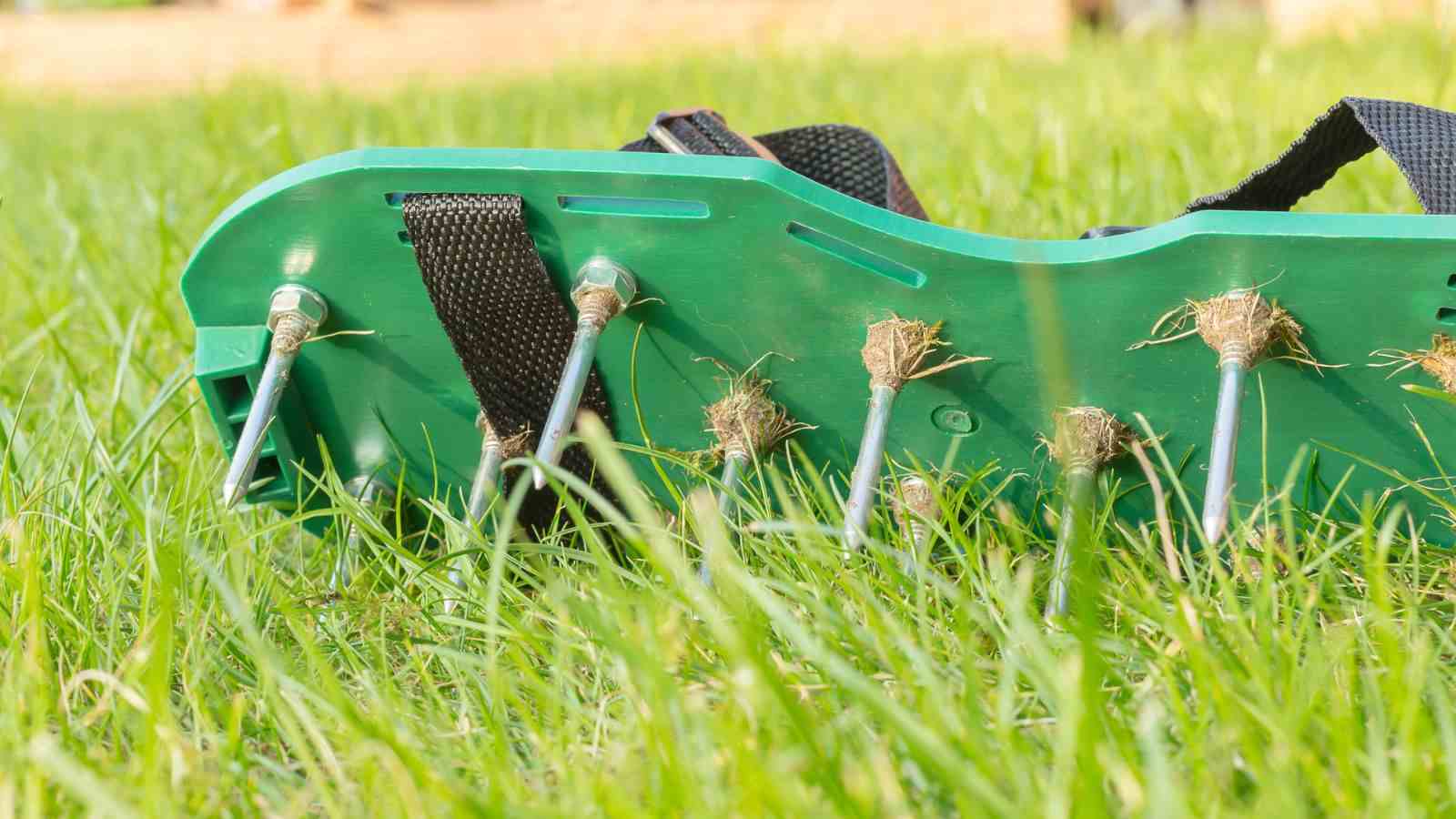
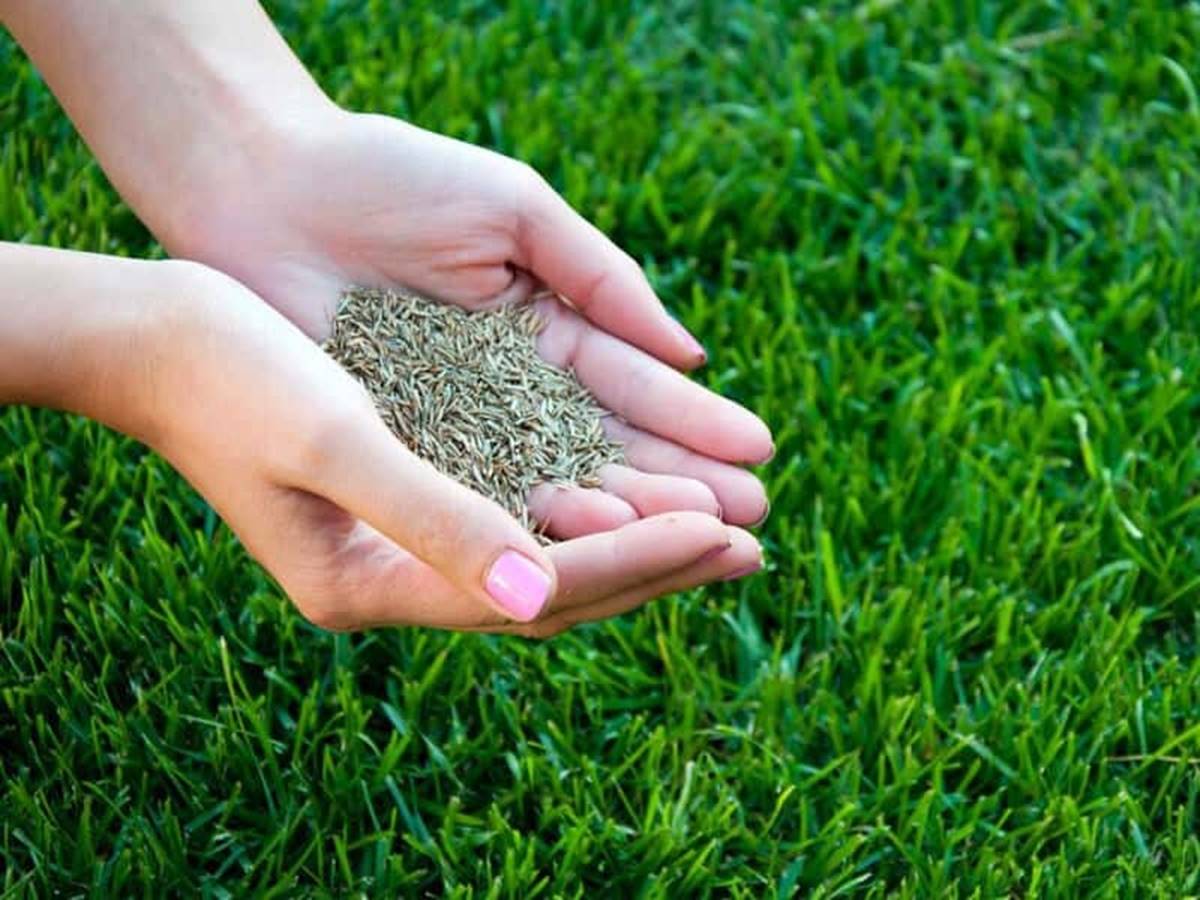
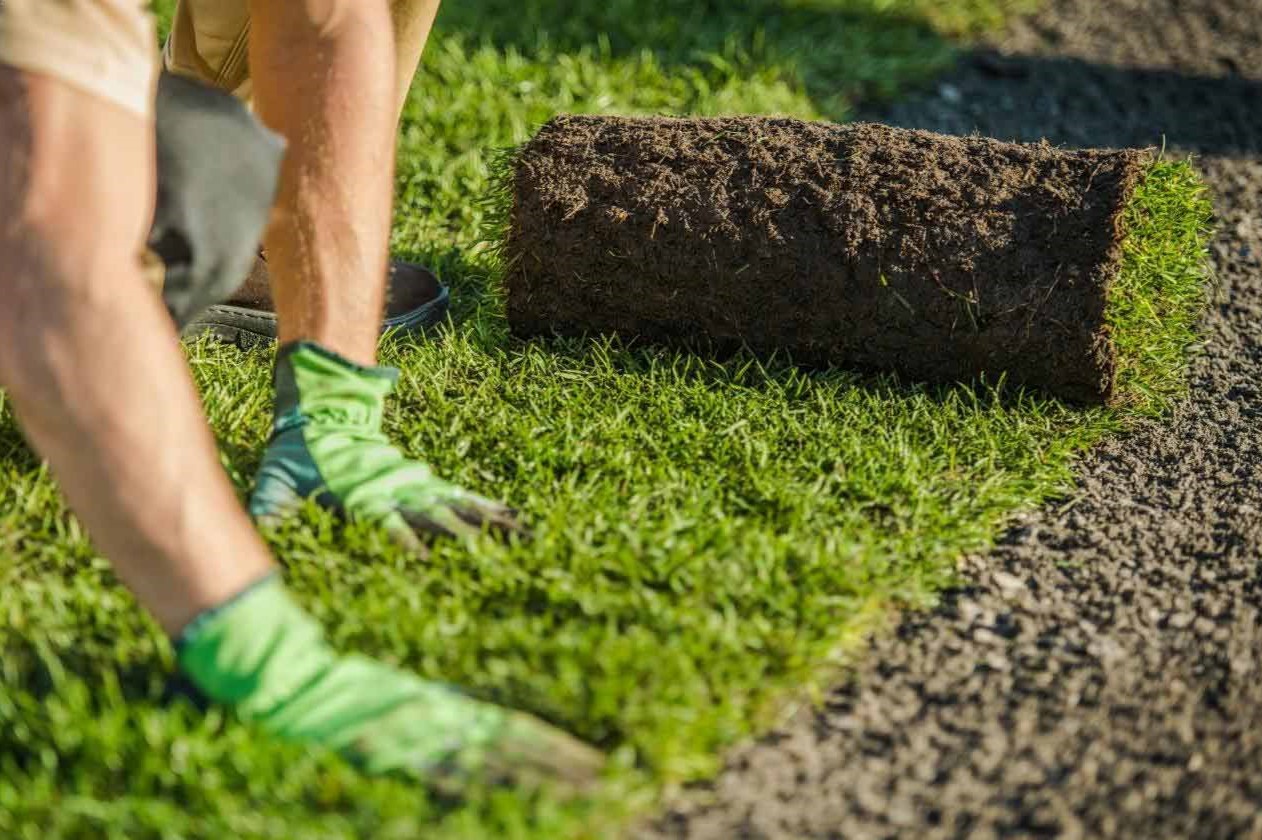
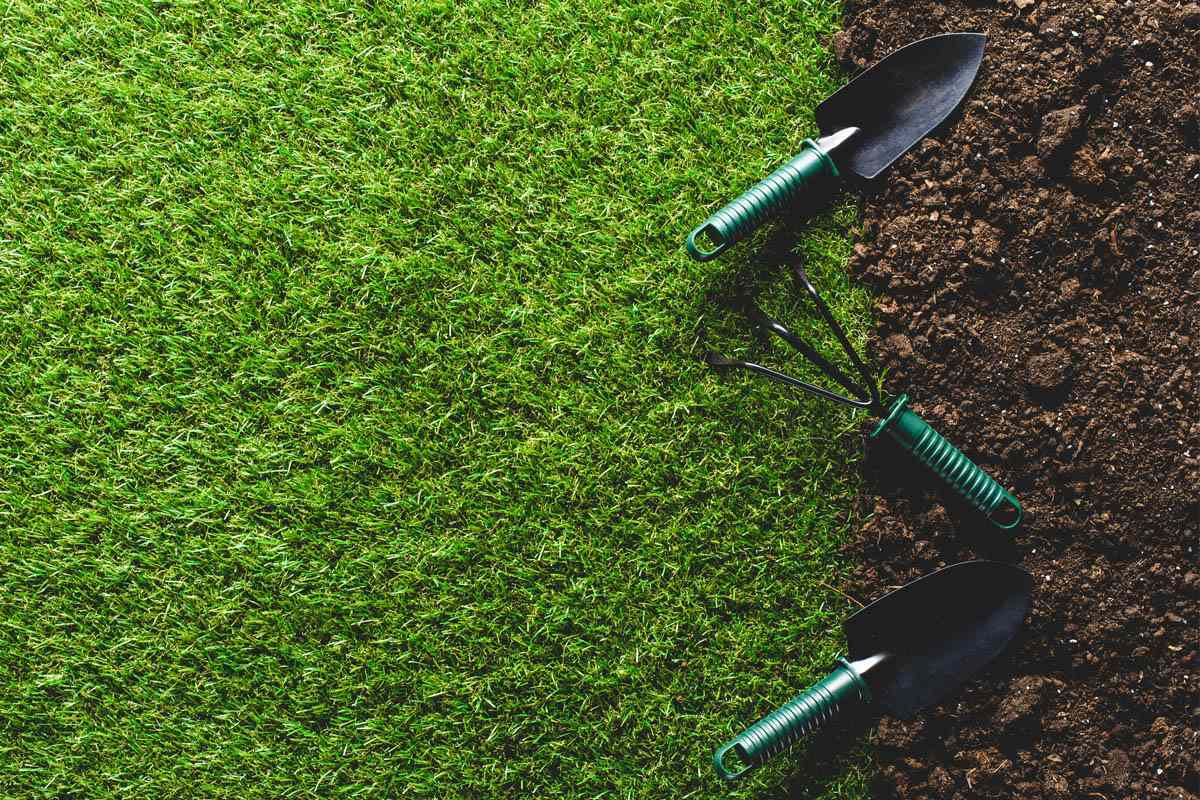
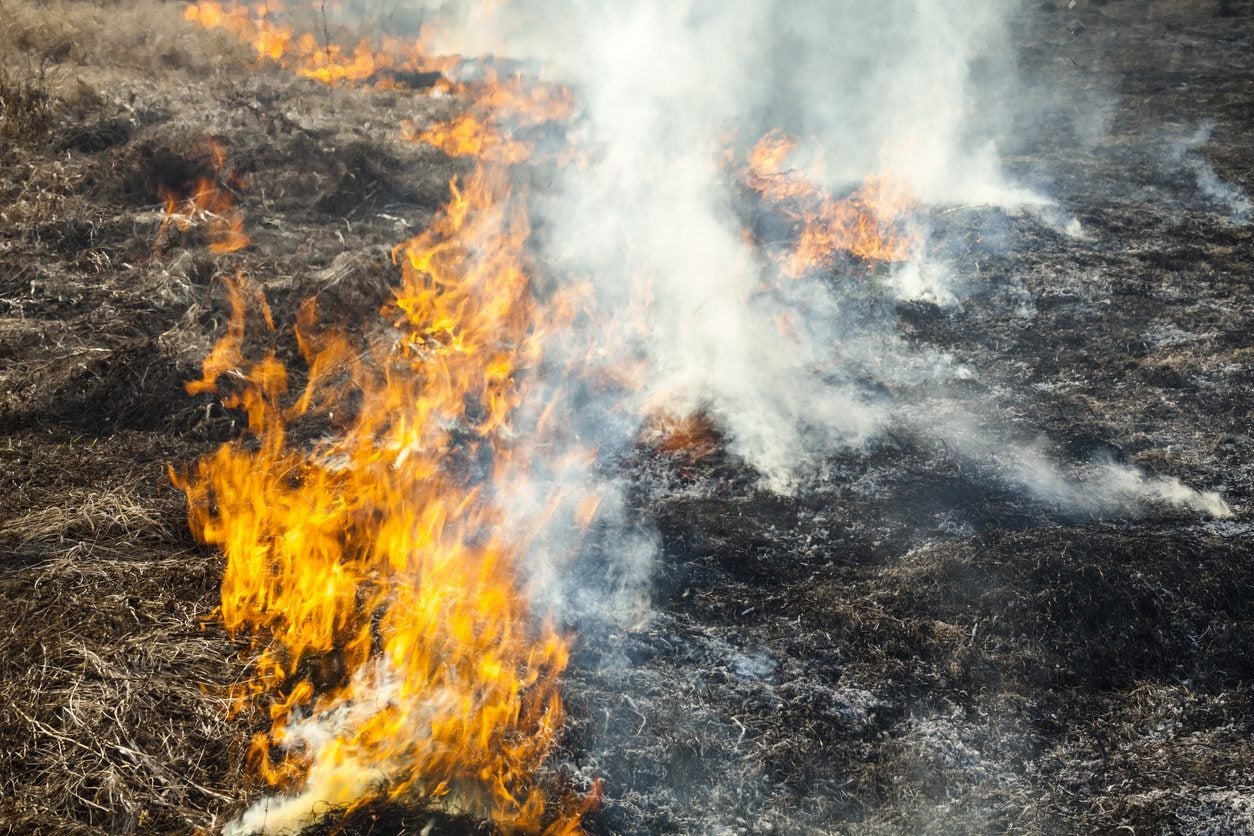
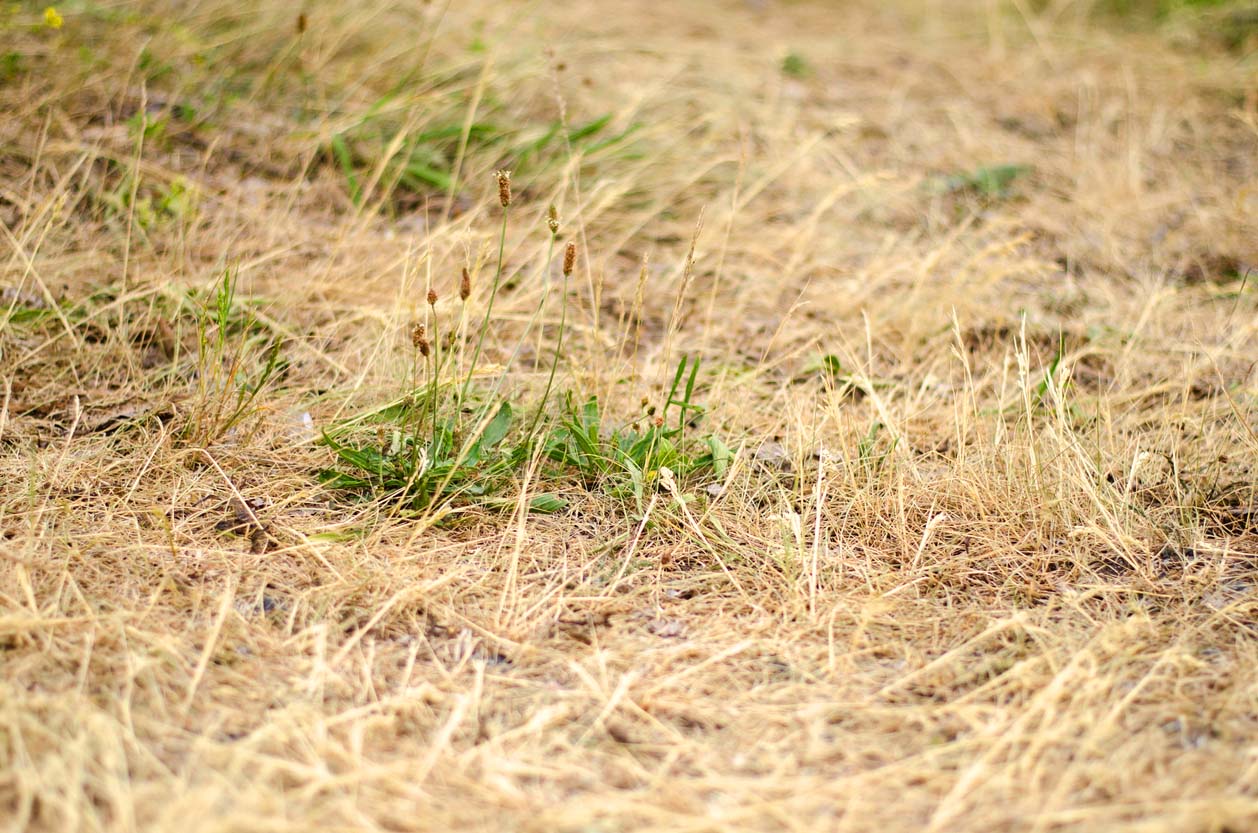
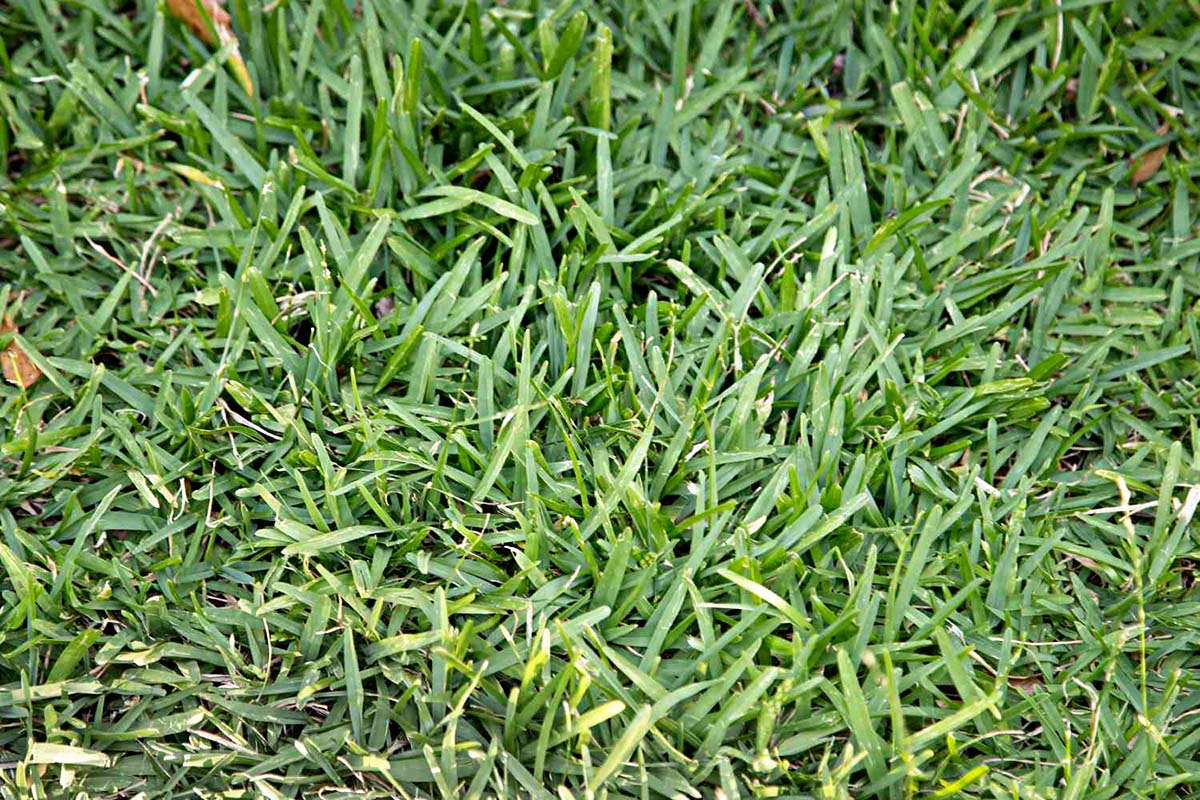
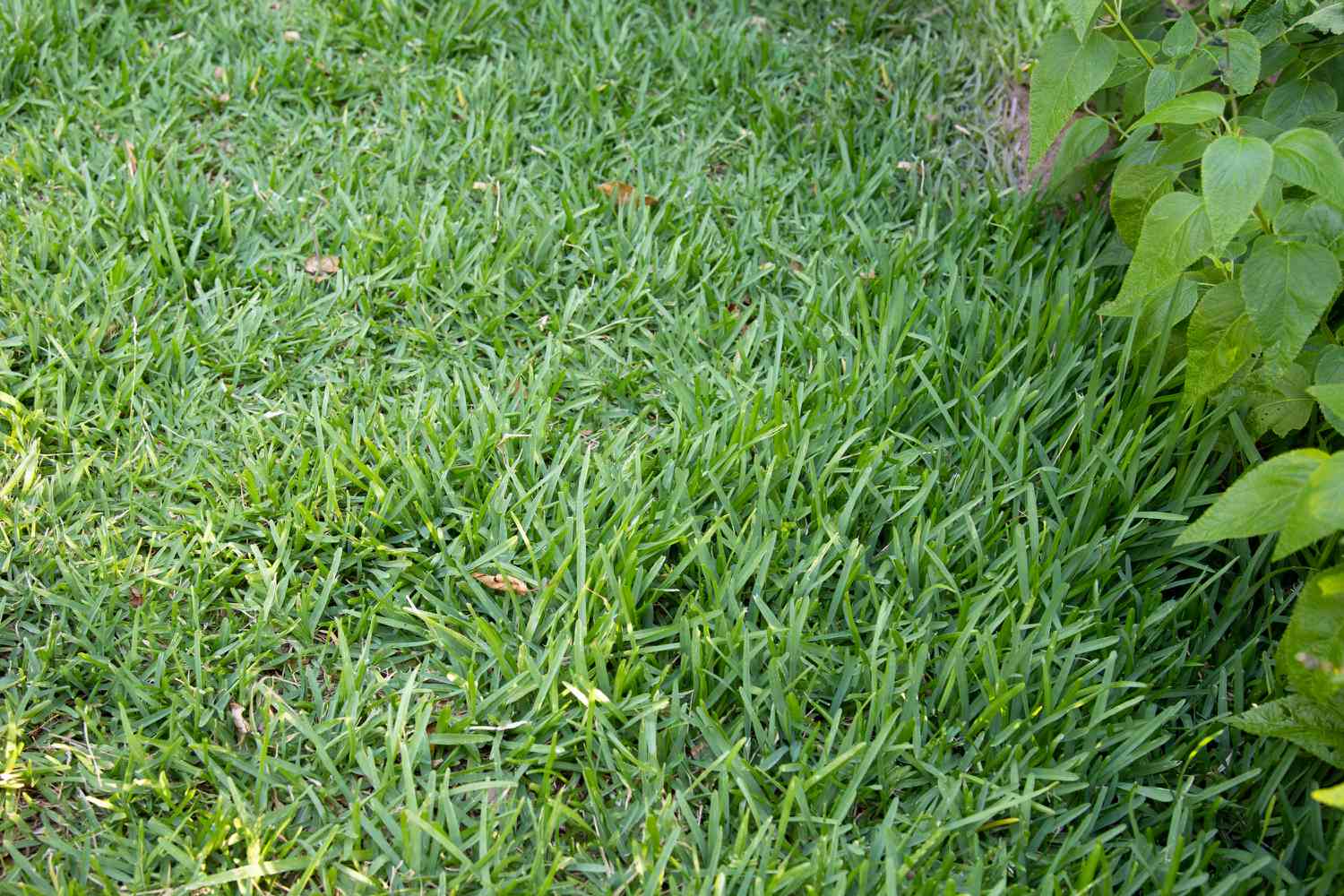
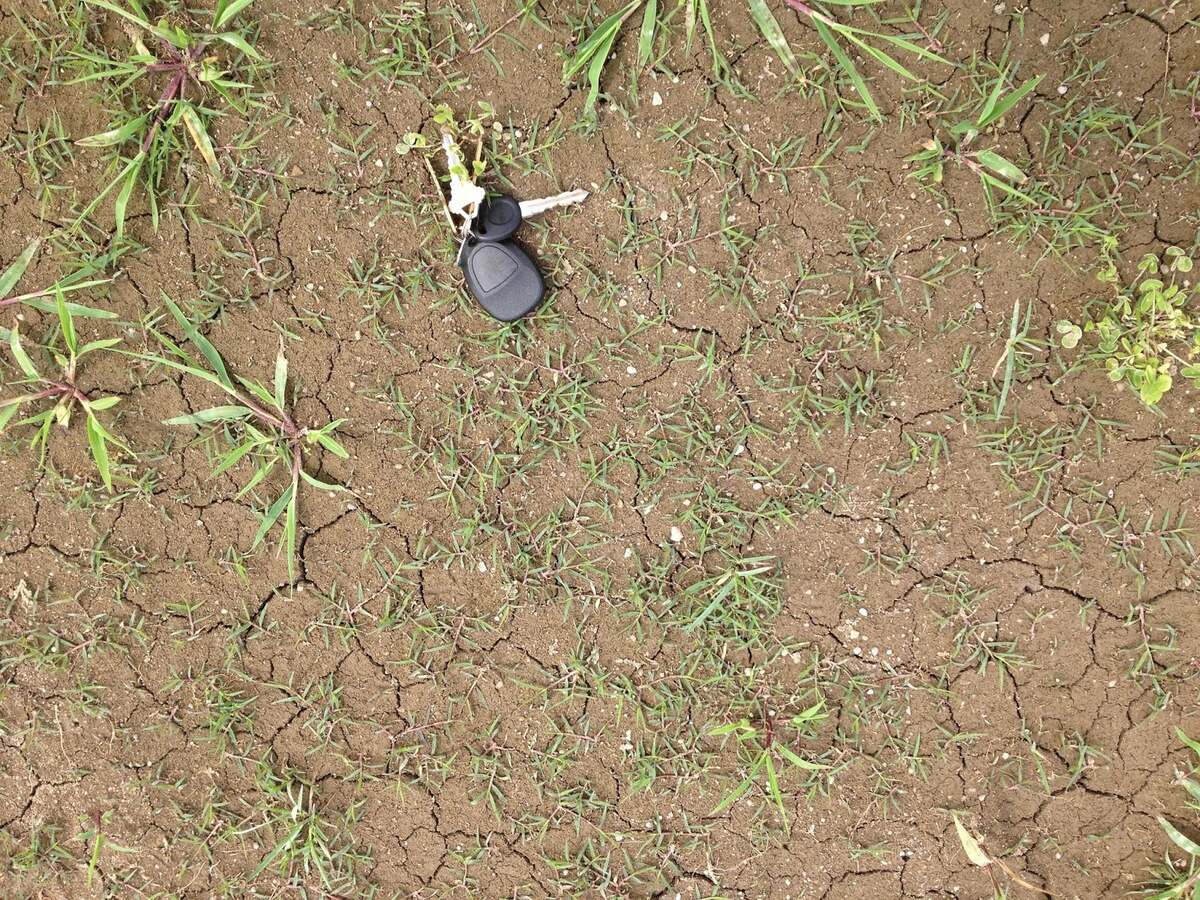
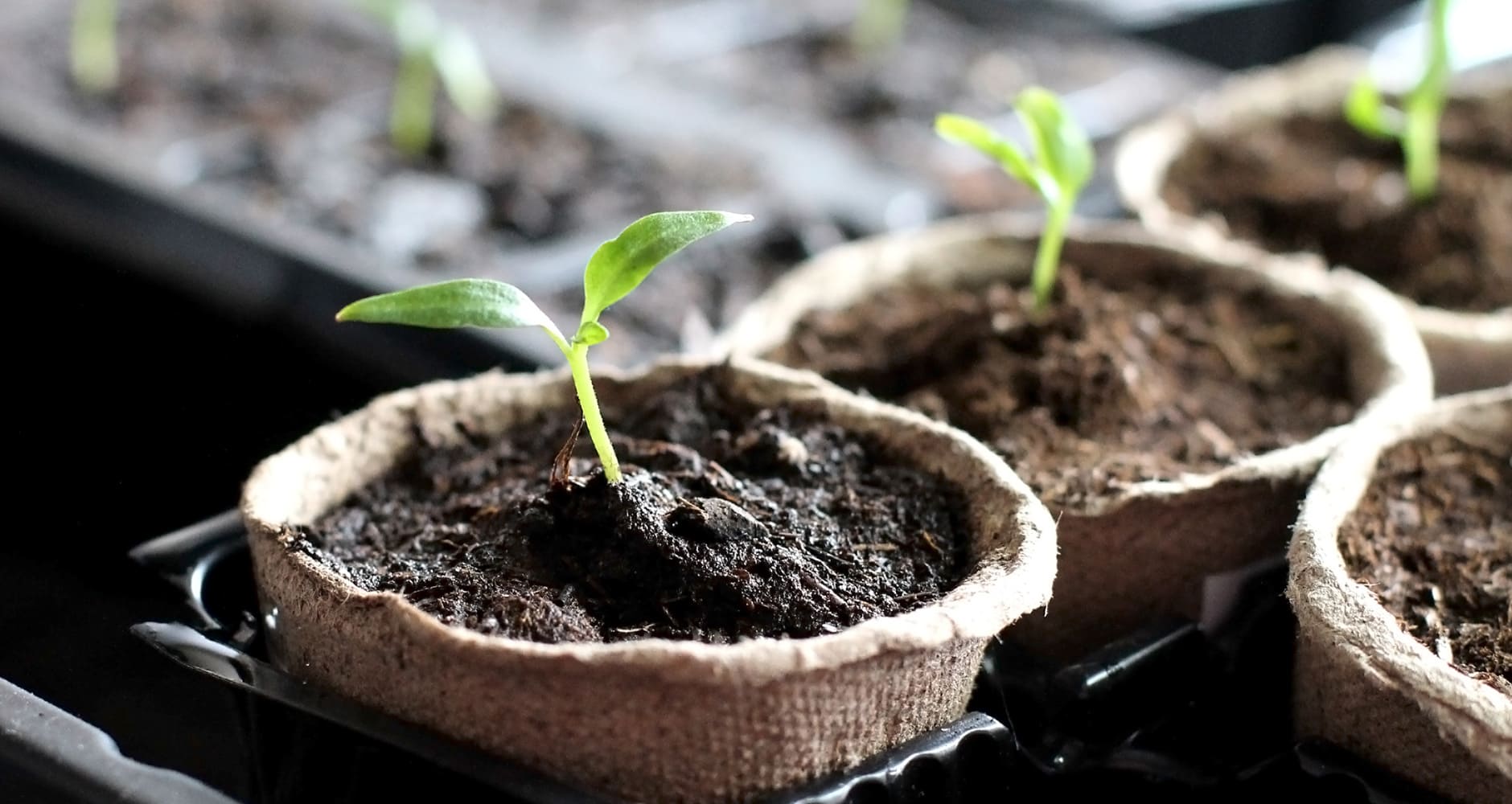

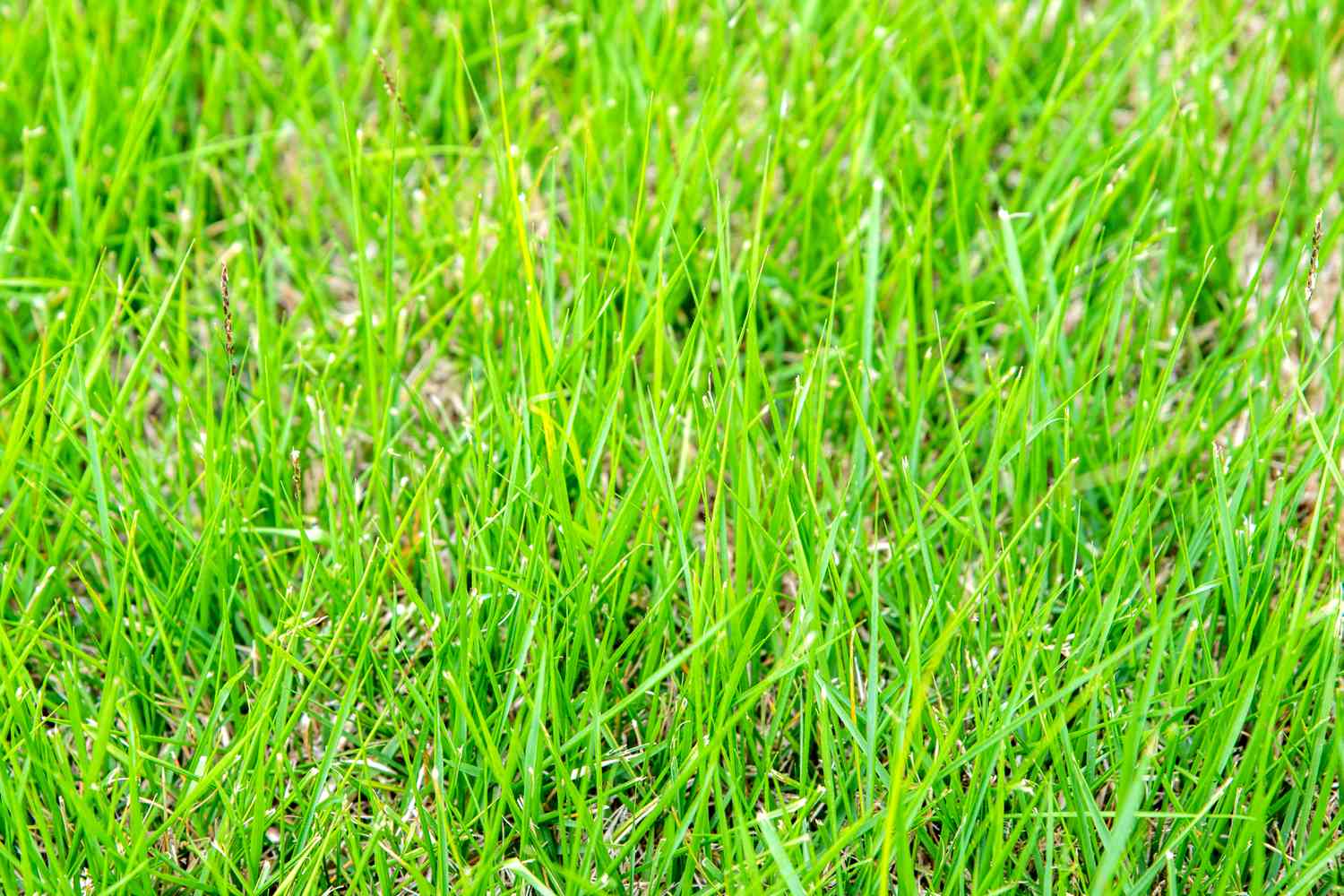



0 thoughts on “How Long Does It Take For Centipede Grass To Grow”